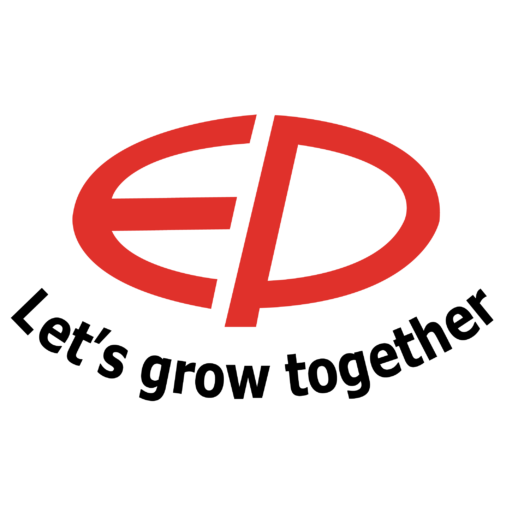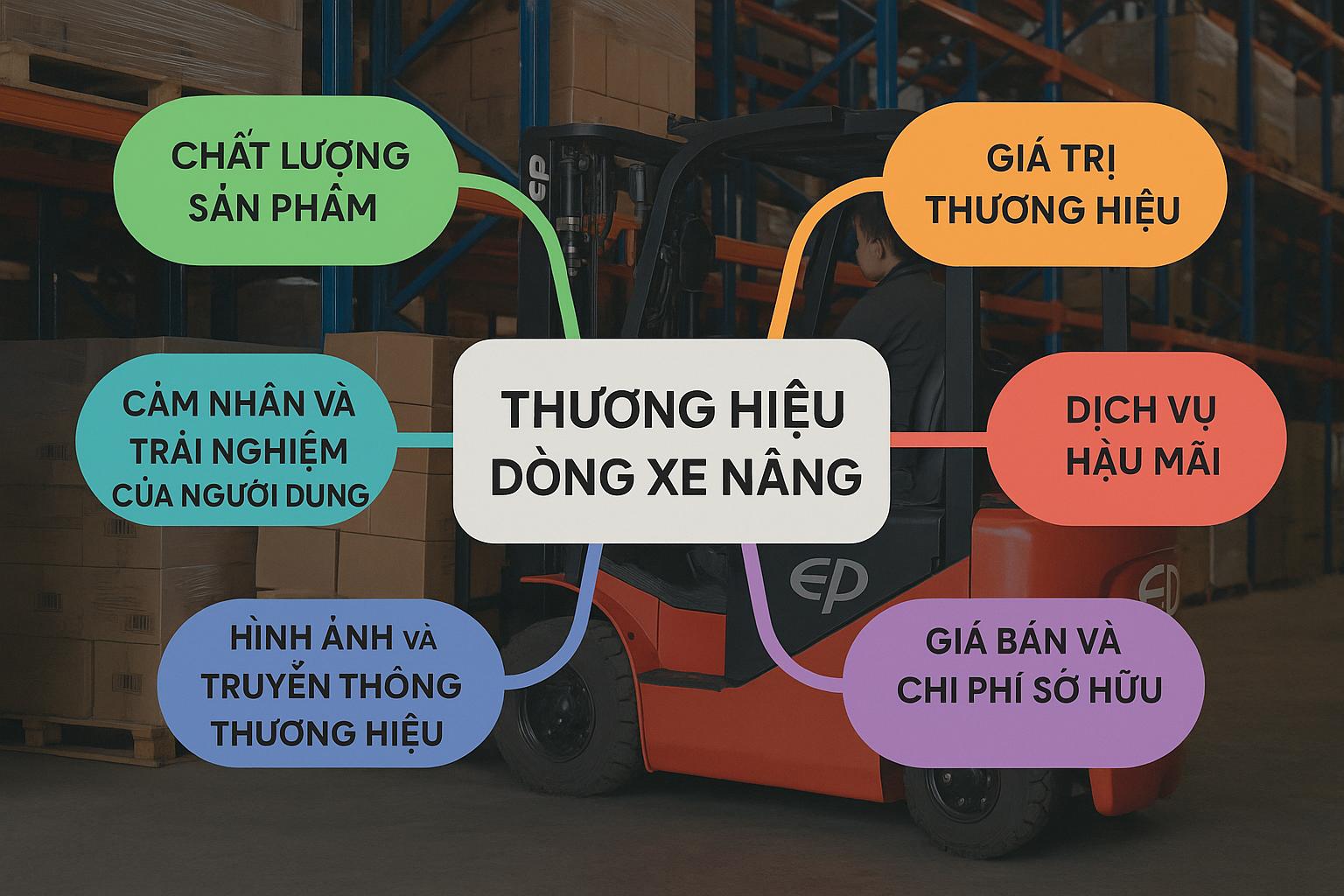KEY FACTORS THAT BUILD A FORKLIFT BRAND IN THE EYES OF CONSUMERS
The factors that shape a forklift brand in consumers’ minds are formed through the actual value of the product combined with communication strategies and after-sales services. Specifically:
1.Product Quality
-
Durability and Lifespan: Does the forklift operate stably with minimal breakdowns?
-
Work Efficiency: High productivity, fuel/electricity-saving.
-
Safety and Integrated Technologies: Are modern safety features such as electronic braking systems, safety sensors, and energy-saving functions equipped?
-
Design and Convenience: Aesthetic, easy to use, and suitable for operating environments (cold storage, narrow warehouses, etc.).
2.Brand Equity
-
Brand History: Is the brand well-established and reputable?
-
Market Reputation: Present in how many countries? Trusted by which major companies?
-
Brand Positioning: Targeting premium, mid-range, or budget segments?
3.After-Sales Service
-
Warranty Period and Clear Policies.
-
Fast and genuine spare parts supply.
-
Prompt and professional technical support team.
4.Cost Considerations
-
Initial Purchase Price: Competitive compared to rivals.
-
Operating Costs: Fuel/electricity consumption, battery durability, easy maintenance.
-
Resale Value: Does the brand retain good value upon resale?
5.Brand Image & Communication
-
Brand Identity: Impressive logo, colors, and slogans?
-
Communication Strategy: Strong advertising presence on both online and offline channels?
-
User Experience Sharing: Real-world reviews and community feedback.
6.Customer Experience
-
Is test-driving or product demo supported?
-
Customer satisfaction through feedback, case studies, and real-world testimonials.
📌 In summary:
Consumers do not only care about the price; they highly value long-term usability, safety, after-sales service, and brand reputation. These are the factors that make them willing to pay more for peace of mind.



